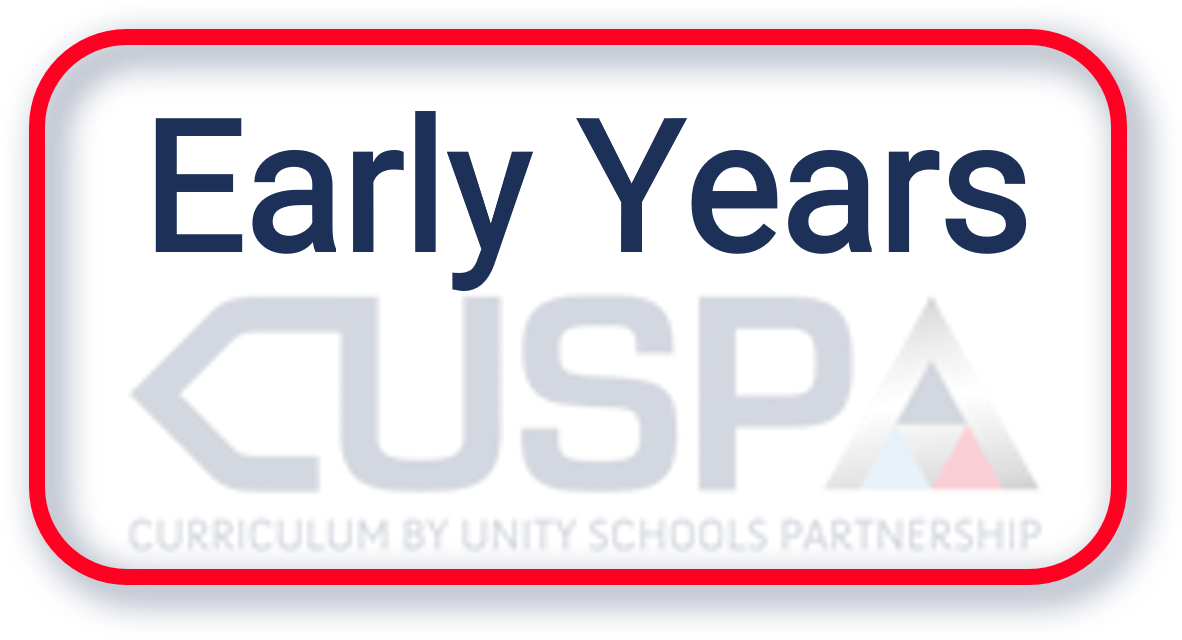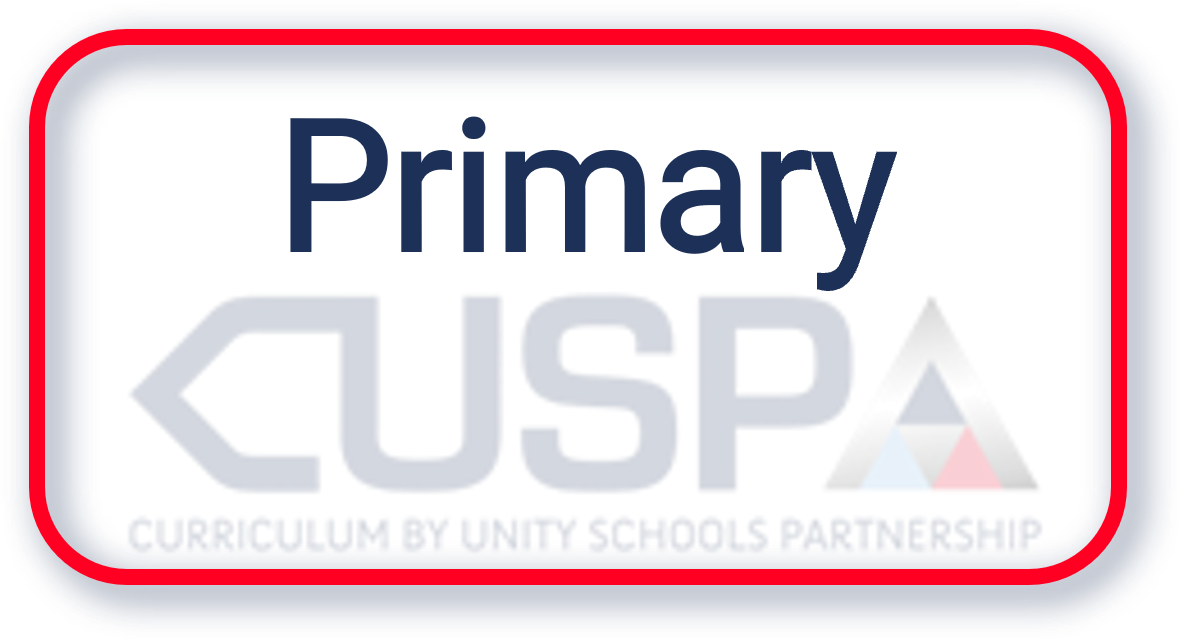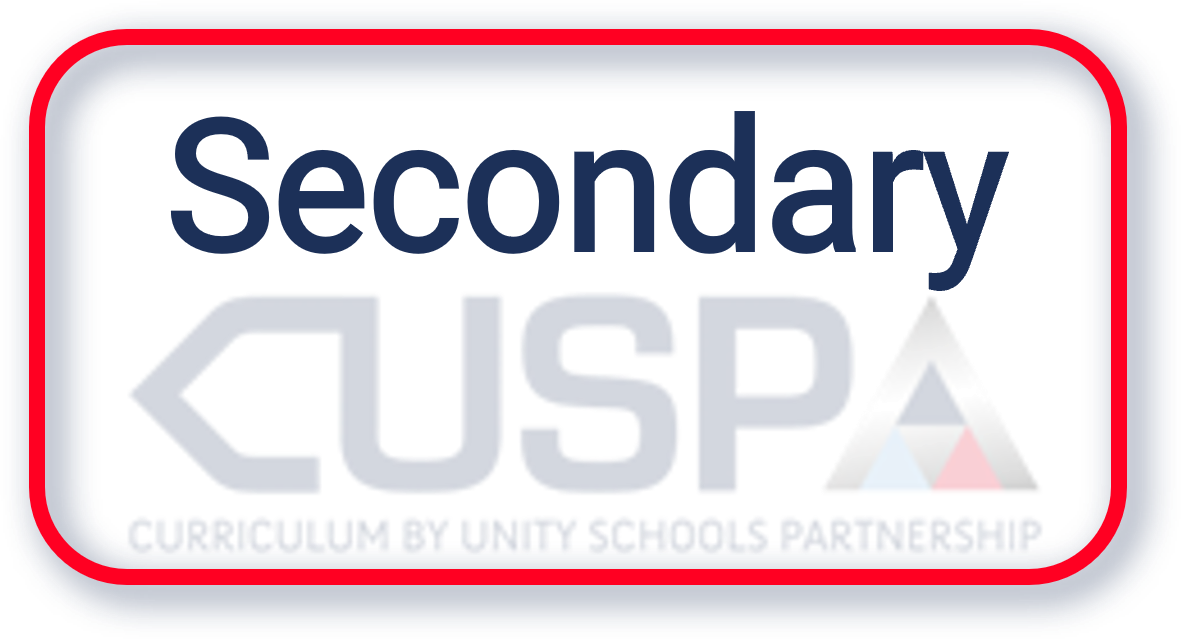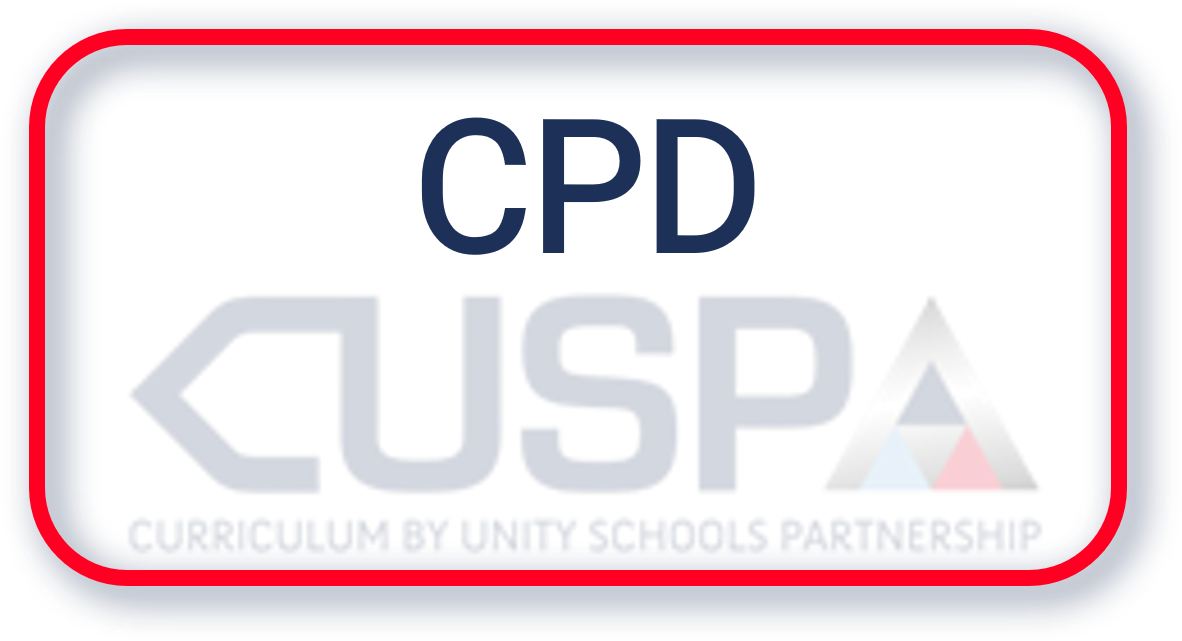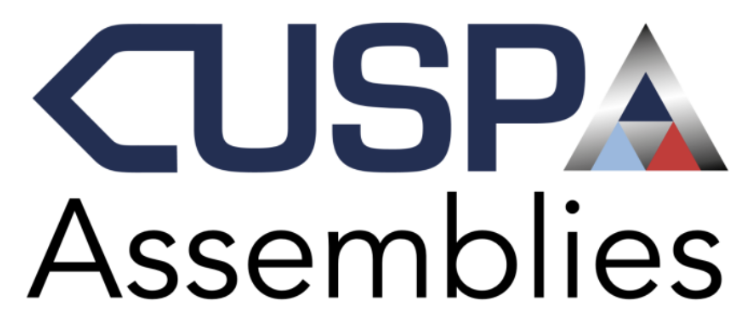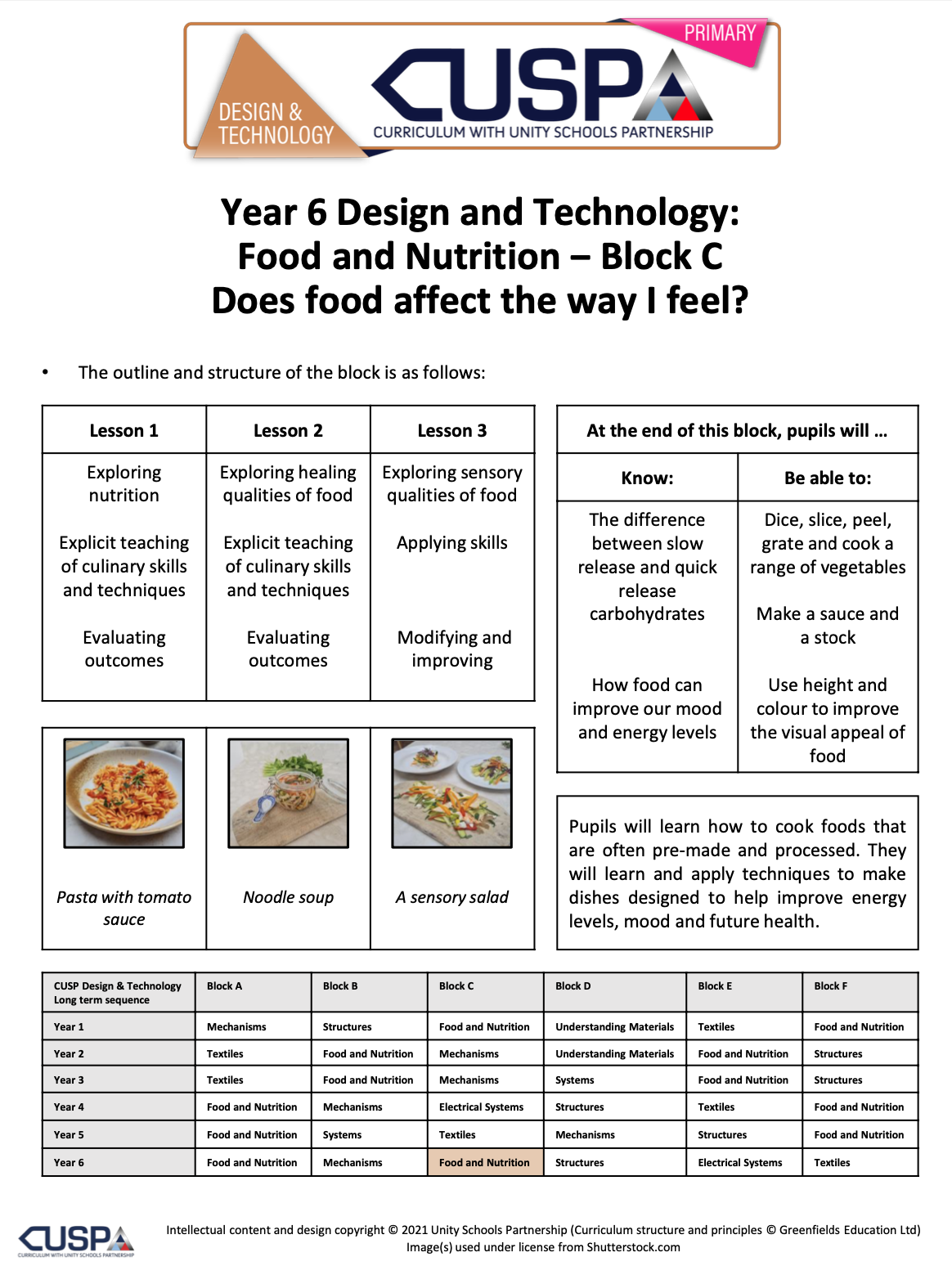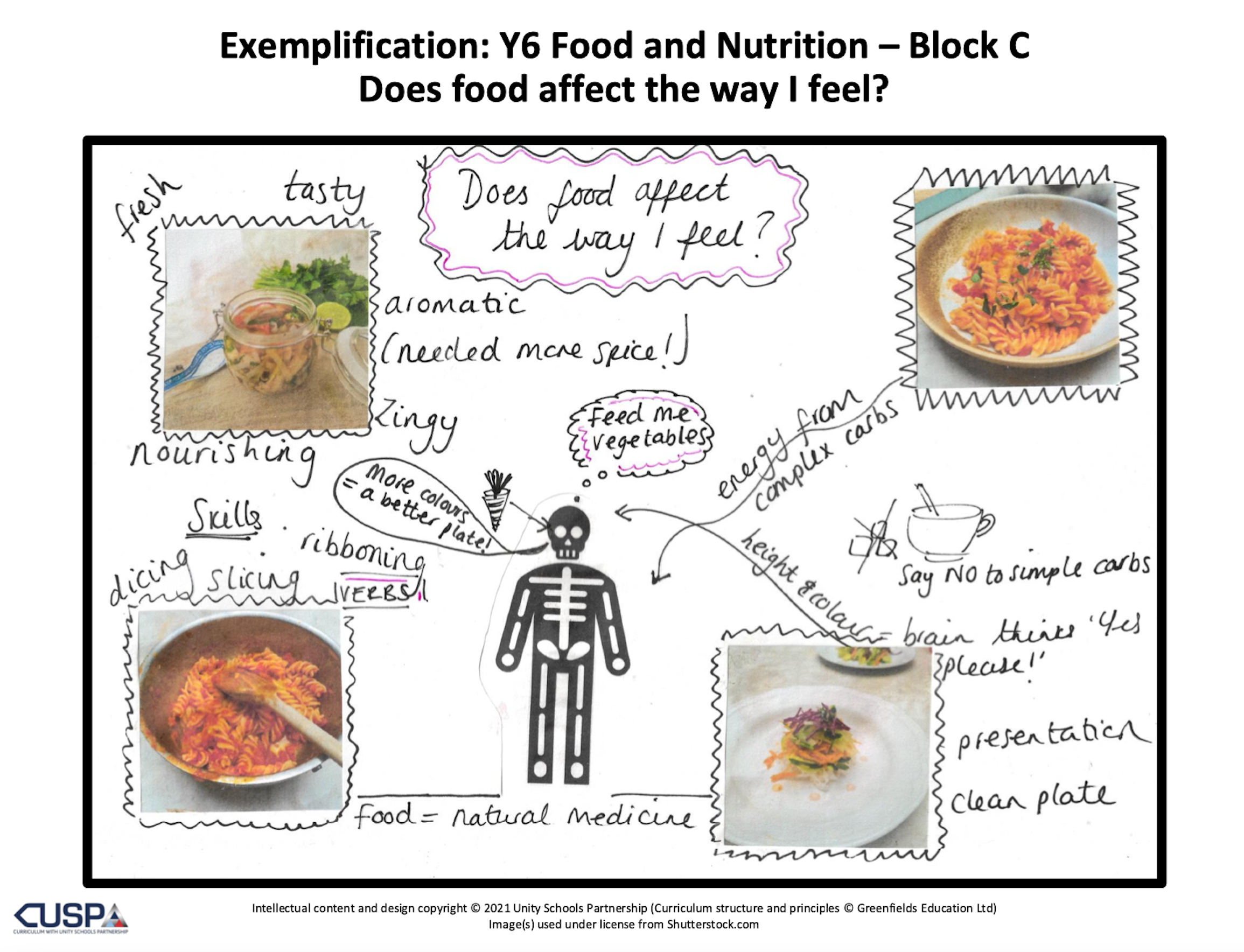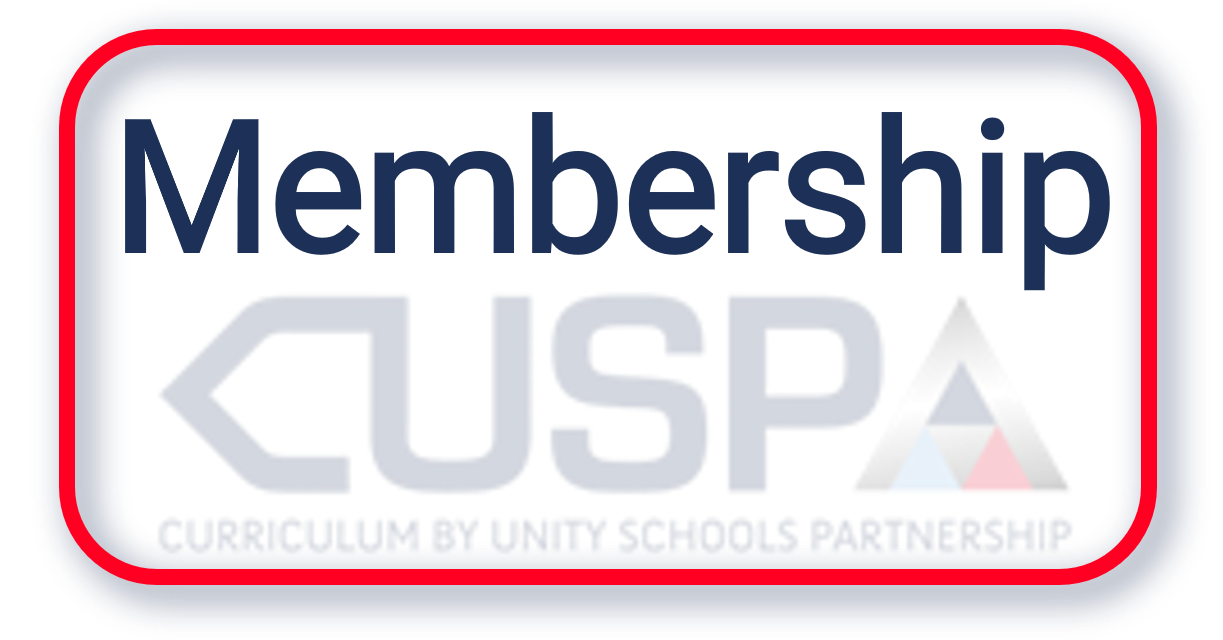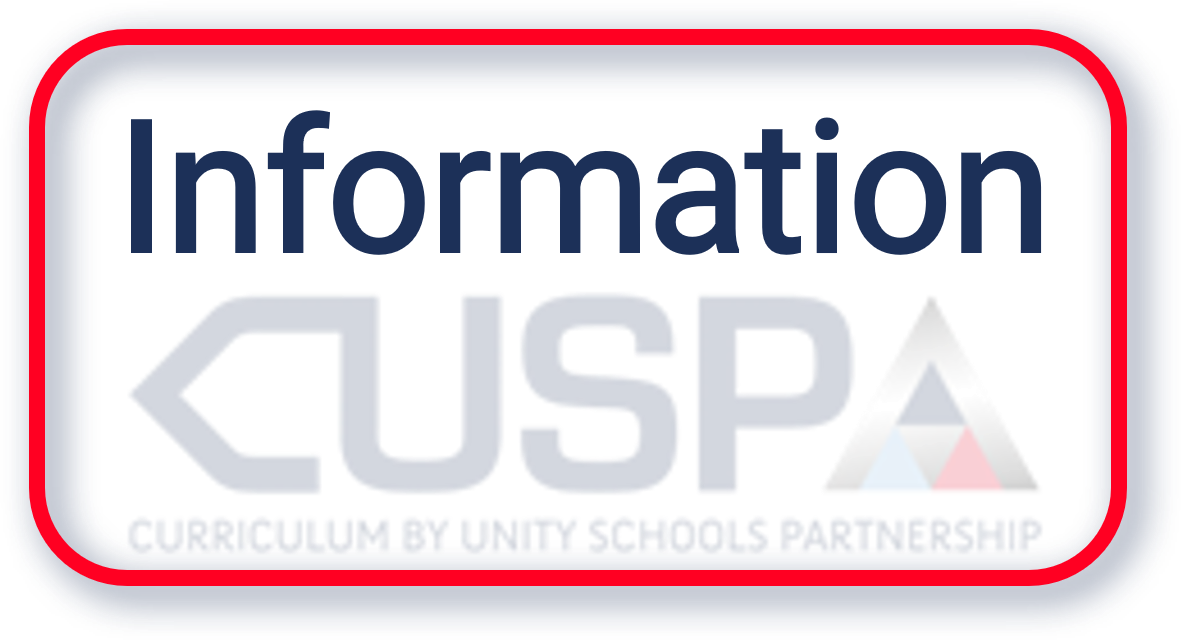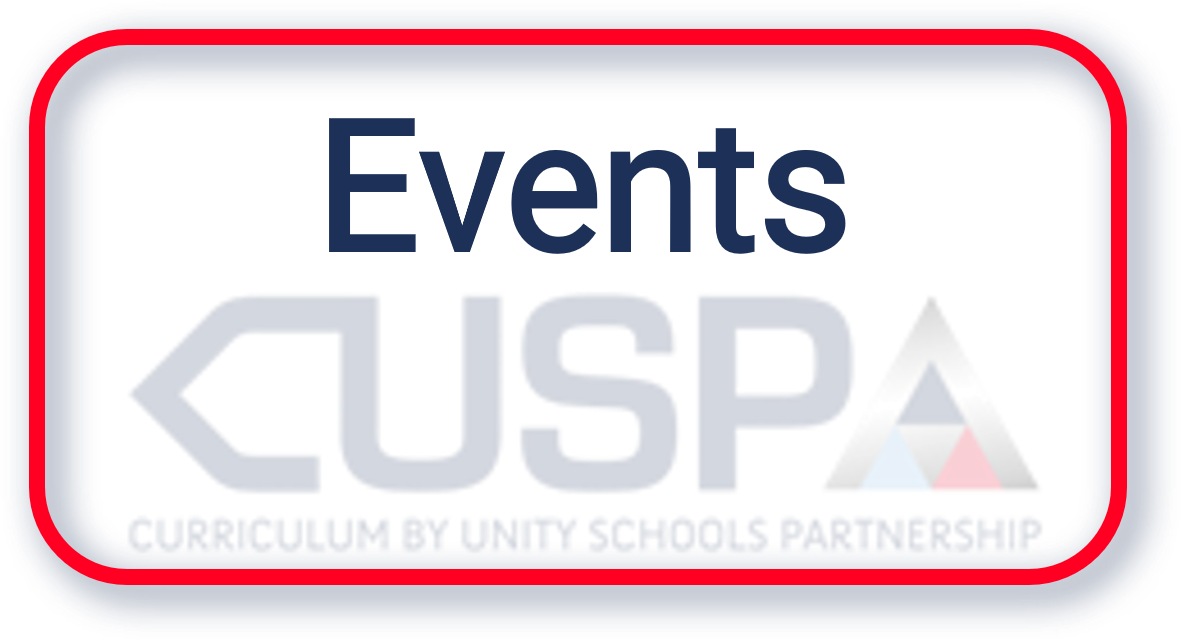|
CUSP Primary

Evidence informed resources
|
Each module contains
Tier 2 and Tier 3 vocabulary progression from Y1 – Y6![]()
Dual-coded knowledge organisers![]()
Coherent sequence of learning![]()
Digital Non-Fiction Literature Spine![]()
(Subscription needed)
Cumulative quiz![]()
Knowledge notes for each lesson![]()
High quality teaching images and diagrams![]()
Pupil Book Study
Sequences of Learning
|
Opportunities to share excellence and collaborate
with schools across England and internationally
More information
|
cusp@unitysp.co.uk
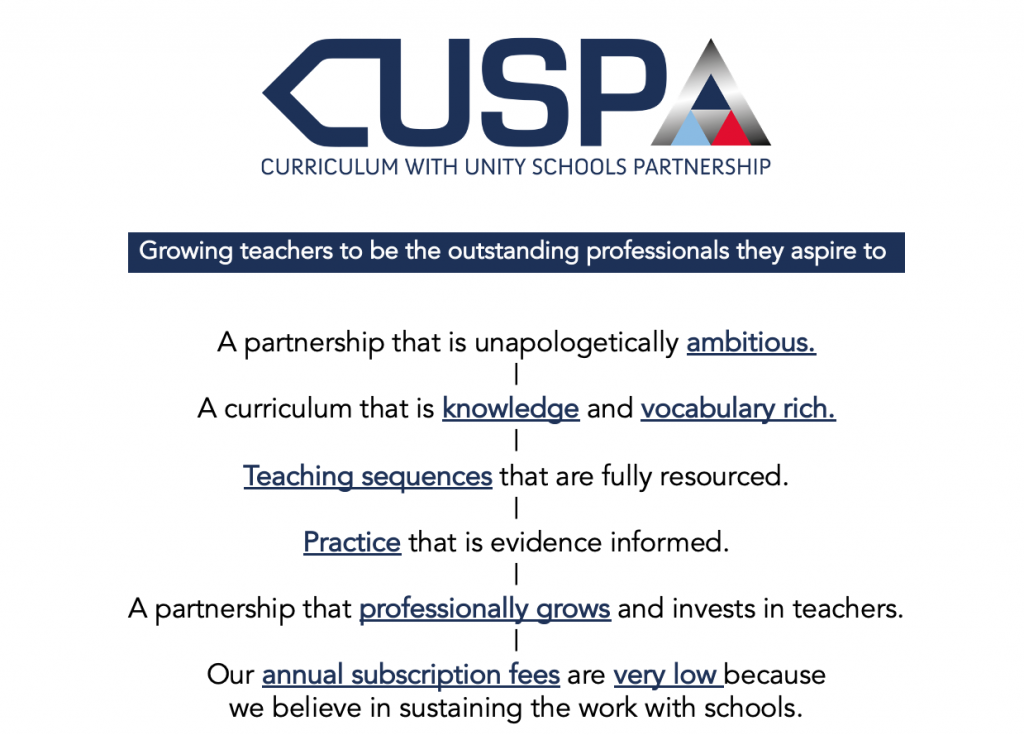
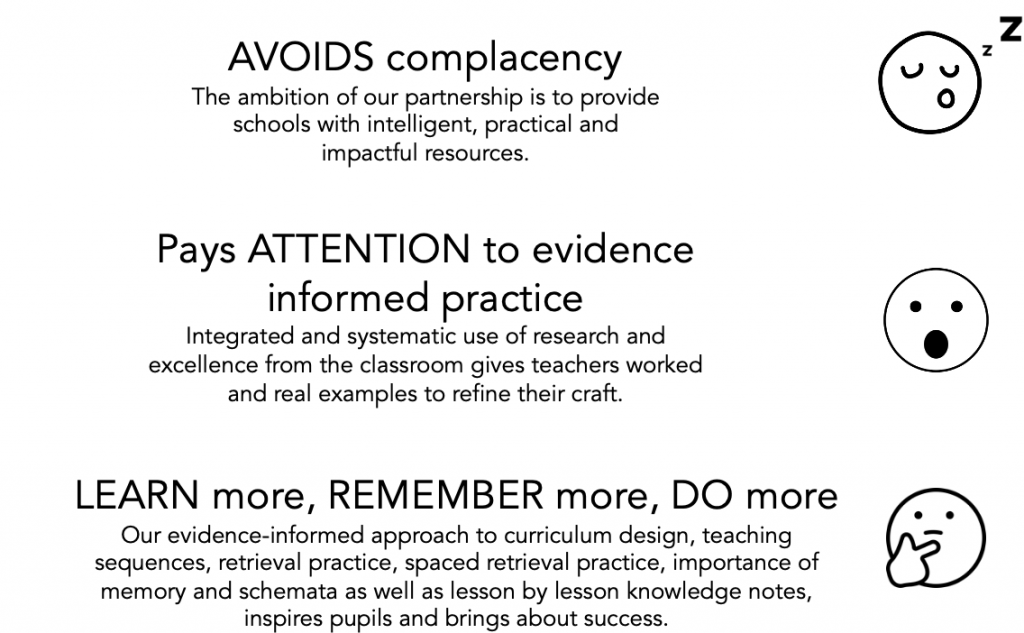
Alex Bedford Introduces CUSP
This recording is from a Unity Schools Partnership CPD session
Science, Geography and History
|



CUSP Learning Modules give structure so that teaching can be excellent
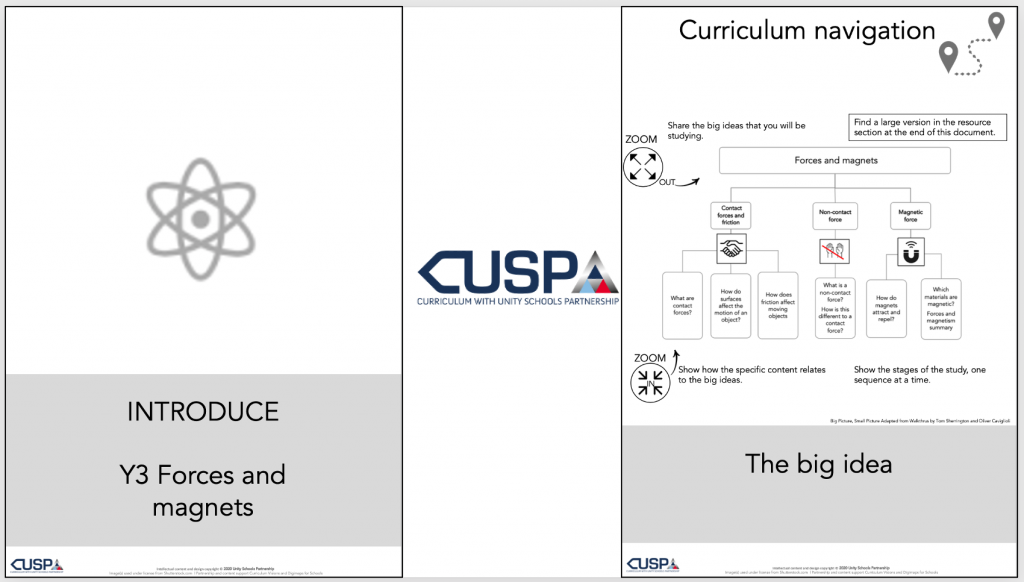
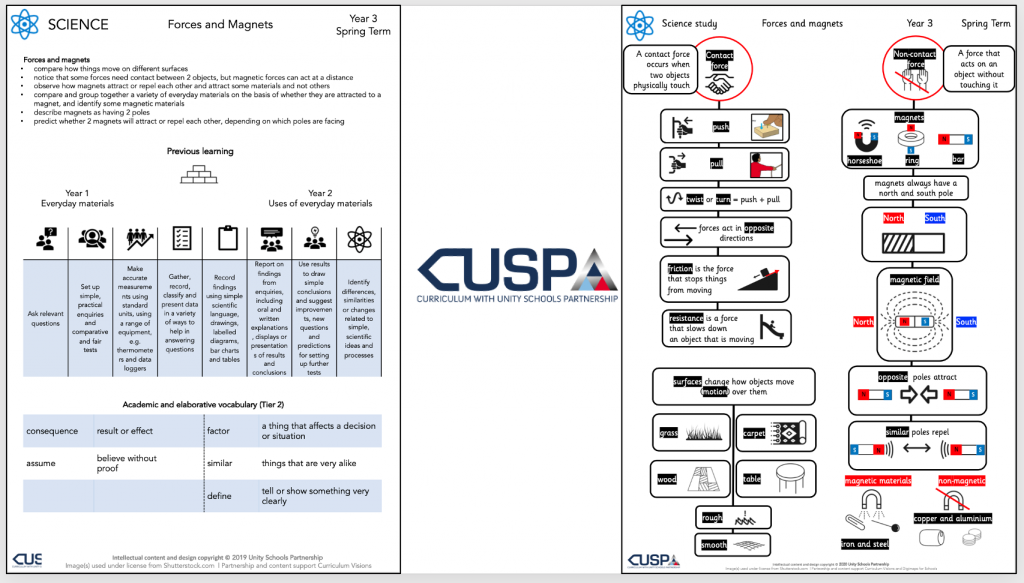
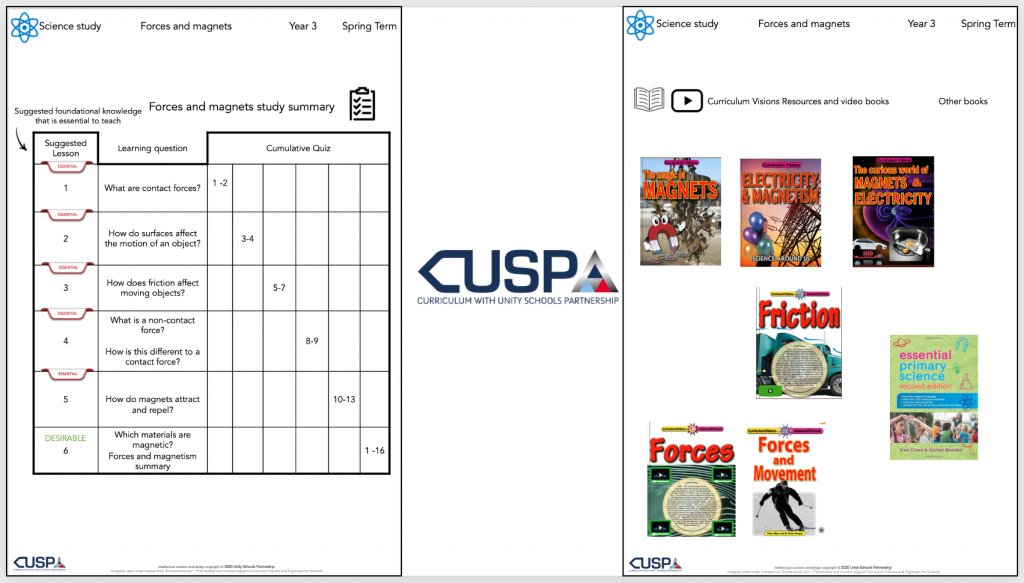
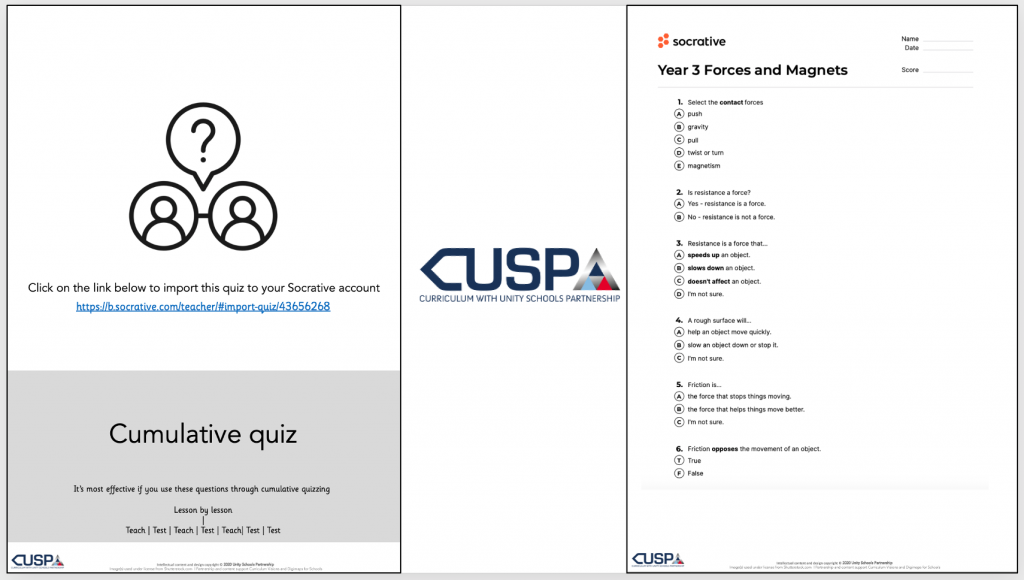
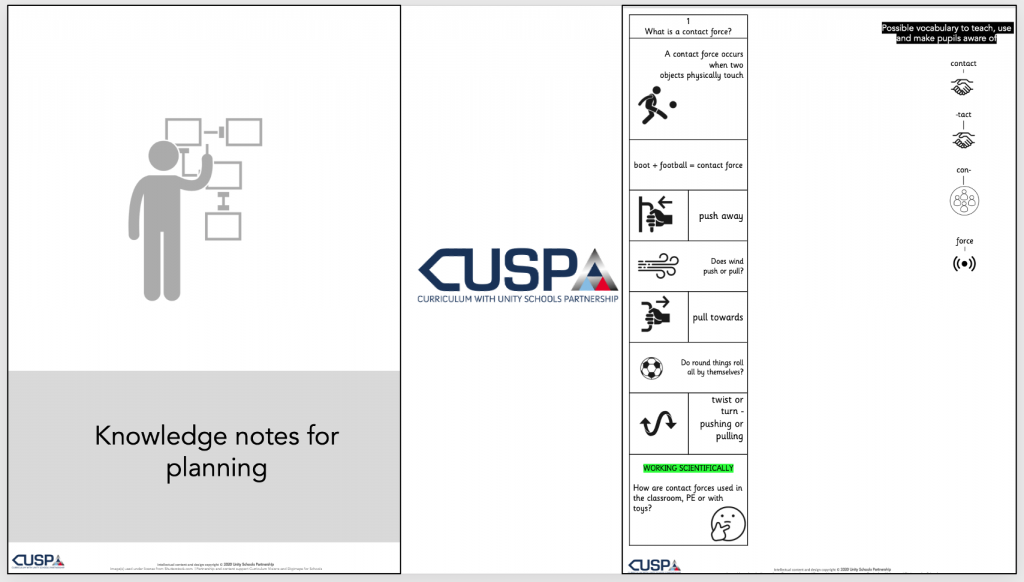
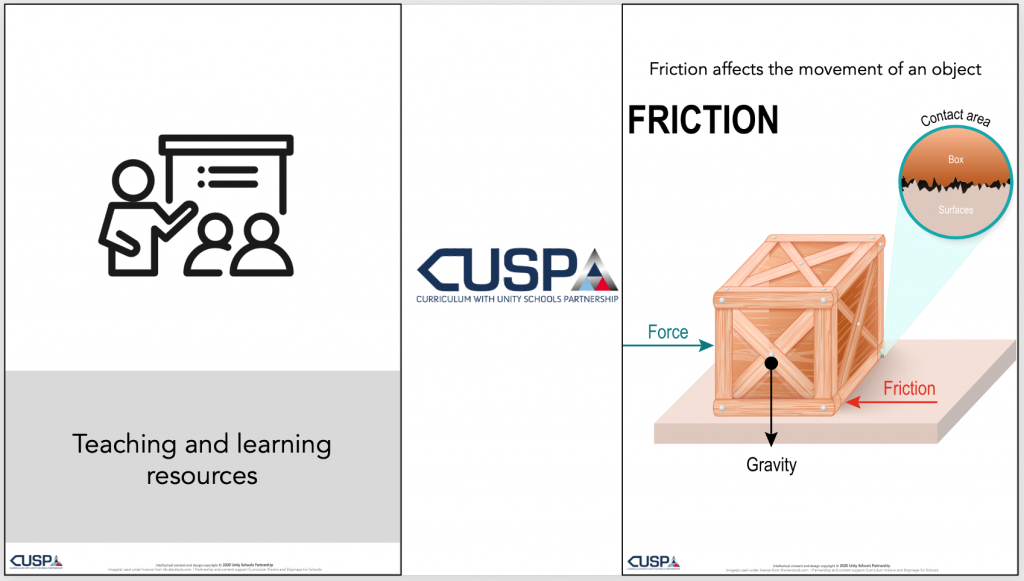
The Vocabulary Curriculum supports all our Science, Geography and History Learning Modules
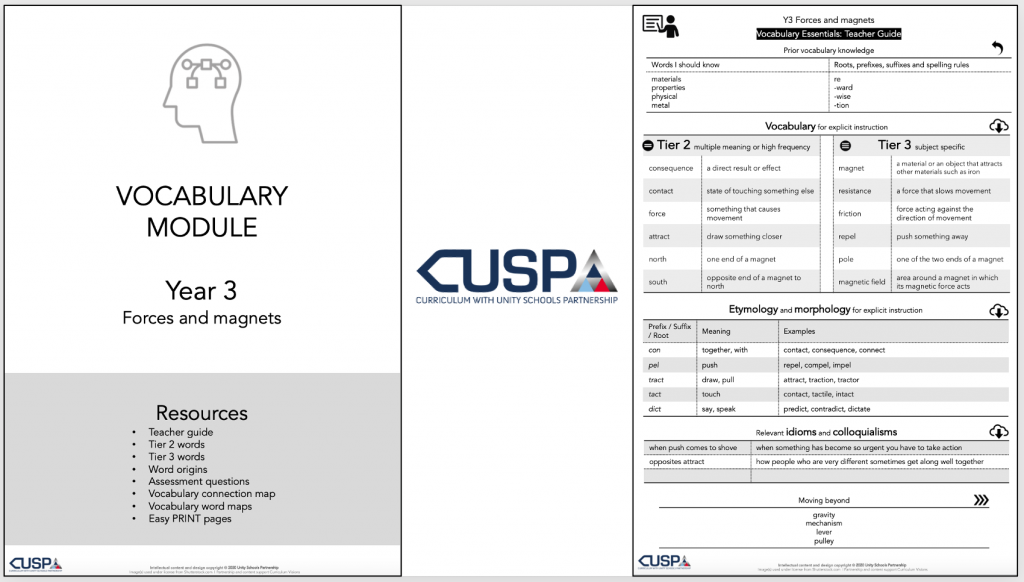
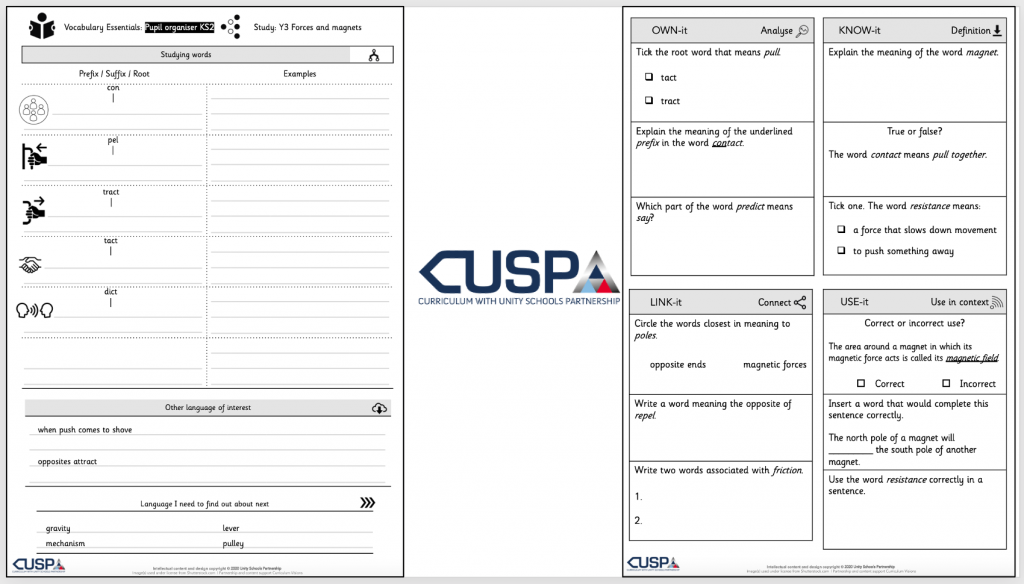
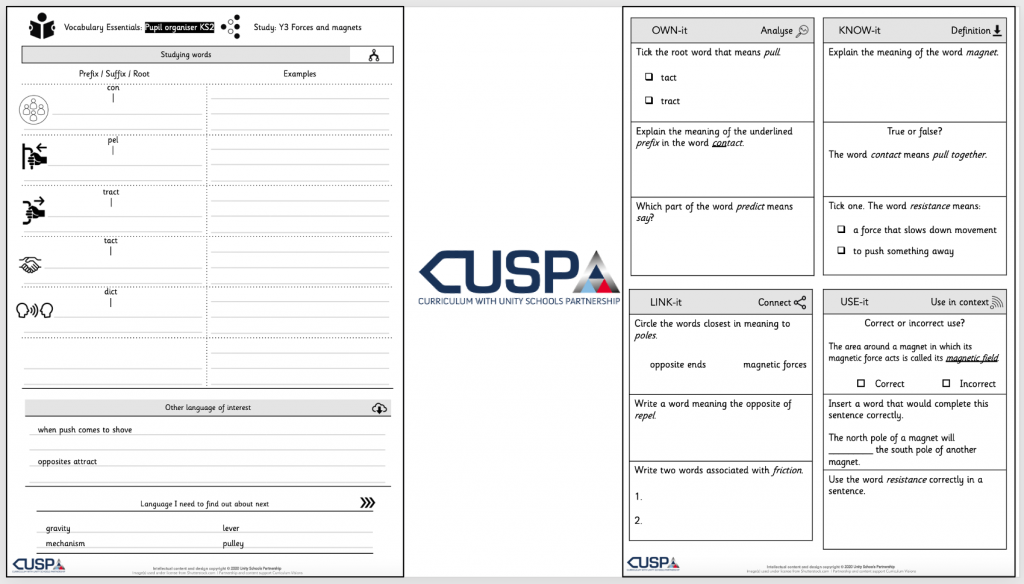
Base Slides for Science, Geography and History
We are pleased to have introduced base slide decks for science, geography and history. Here are two example CUSP science slide decks from the EEF KS1 Vocabulary project that Lauren and Alex have been running.
Please note that we’ve had to remove licenced images from these examples to comply with copyright restrictions and the base slide decks we are going to write for CUSP will be thoughtfully adorned with the high-quality images you expect.
We are thrilled to share with you a few example (lite) modules for you to look at. Lite means the licenced graphics from Shutterstock have been removed. These modules are free to use, but please be aware the design and content is still subject to copyright. We hope you find them useful.
- Year 2 Geography – Study a small area of a contrasting non-European country.
This builds upon the study of London and Nairobi. Permission for images to be used has been kindly given by Survival international.
Download the module here.
- Year 6 Geography – Fieldwork and map skills: orienteering.
This builds on the OS mapwork in Y5. Permission to use images for orienteering diagrams has been kindly given by Scottish Orienteering.
Download the module here.
With membership you can access:
- Proven knowledge-rich and impactful curriculum resources (Y1 – Y6) for Science, History and Geography that have been praised by Professor Rob Coe.
- Long term teaching sequences that are interleaved and planned around the retrieval of prior knowledge.
- Subject concepts clearly articulated.
- BIG idea maps for each study to support curriculum navigation, priming and retrieval practice.
- A vast non-fiction literature spine through a comprehensive choice of wonderful online books*.
- Dual-coded knowledge organisers.
- Coherent lesson sequences.
- Cumulative questions connected to each lesson.
- Each lesson has a unique and innovative knowledge note that is dual coded and rich in vocabulary.
- Vocabulary Modules are explicitly designed to support the study.
- Based on principles of instruction.
- High quality images and diagrams to teach from.
- Lesson by lesson resources through our unique knowledge notes designed to combat the split attention effect and increase cognitive participation.
- Downloadable and editable cumulative quizzes strategically mapped to each lesson that support retrieval practice.
- Detailed Vocabulary Modules built around individual Science, Geography and History modules supporting language acquisition, including: Tier 2, Tier 3, etymology and morphology teacher guides and pupil vocabulary toolkits.
- Subject leader guidance .
- A network that connects 1000s of teachers and schools using CUSP, who are driving forward their professional growth.
- A page by page sequence of learning for each study – designed to showcase how teachers are approaching tasks with high expectations and evidence-led practice.
- Examples and guidance for SEND curriculum practice.
*Curriculum Visions subscription required – we can arrange a discount.
CUSP Reading and Writing

CUSP Reading
CUSP members can also benefit from a 35% discount from Peters on the literature spine.
CUSP Art Exemplar Learning Modules
|
We have worked incredibly hard to produce what we think
are remarkable resources to support excellence in Art and Design
CUSP Art
Year 5 Drawing & Painting
Block A
CUSP Year 5 Art and Design
Drawing & Painting Block A
Download here
“It’s like having an art expert beamed into your classroom!”
- A long term sequence of learning provides coherence to the CUSP sequence. Learning Modules are written for each area of the Art and Design curriculum.
- A Point of Reference provides teacher notes that connect prior learning and give clarity about what pupils will know and do. It also articulates the art history and relevant connections.
- Working artistically skills are clearly identified.
- Inspirational images and book recommendations are suggested.
- A Point of Explanation provides vocabulary definitions, explanation of core knowledge.
- High quality teacher videos provide support for technical skills and exemplification of the process and outcomes.
- A Point of Delivery provides lesson plan outlines to help teach the what and the how of the learning module.
- It also includes the Point of Practice and Reflection to develop learning about Art and learning from Art.
- Opportunities for review and analysis, including questions to check understanding that drives assessment. (Links beautifully to Pupil Book Study).
- Oracy and vocabulary resources support discussion, rehearsal and use of the language of emotion.
- Vocabulary questions follow the successful format of CUSP vocabulary modules.
- Art and Design knowledge notes provide excellent structure and reduce the split-attention effect.
- Exemplification through sketch books and outcomes show what excellent examples look like.
|
Autumn Assembly Week 1
Sharing global resources fairly. What does this mean in a global context – where do our
resources come from and how can we play our part to create a fairer world. Suggested
song: The Sharing Song, Jack Johnson.
- Weekly Assembly slide deck
- An Assembly script which has been designed to be read alongside the assembly slides.
- Teachers can adjust the script as necessary for time limits, individual pupils and any other mitigating factors.
- The script is to be read directly addressing pupils. Information and suggestions that are solely directed to teachers has been written in brackets.
- Schools are to check that all music, film clips, images and suggested additional resources/activities are suitable for your cohort and alter, as necessary.
- Slides that contain more sensitive content are signposted and teachers should review all material prior to delivery to ensure it meets the needs of all pupils.
- CUSP Assemblies – Curriculum Map
- Whilst it is useful to deliver the assemblies in the given order, they do act as standalone resources.
French

Back to top
- Knowledge based with skill development
- 6 blocks per year of specialist planned MfL teaching for Years 3-6 (French)
- Focus on core areas of study: Phonics, grammatical structures, reading, writing, oracy, vocabulary
- Focus on high-quality development of children as linguists
- Video and recorded resources provided for each block
- CPD videos to support staff with implementation and delivery
- Using CUSP as a model, making connections where meaningful and purposeful
Example CUSP Music module – Year 2: Experimenting with sounds
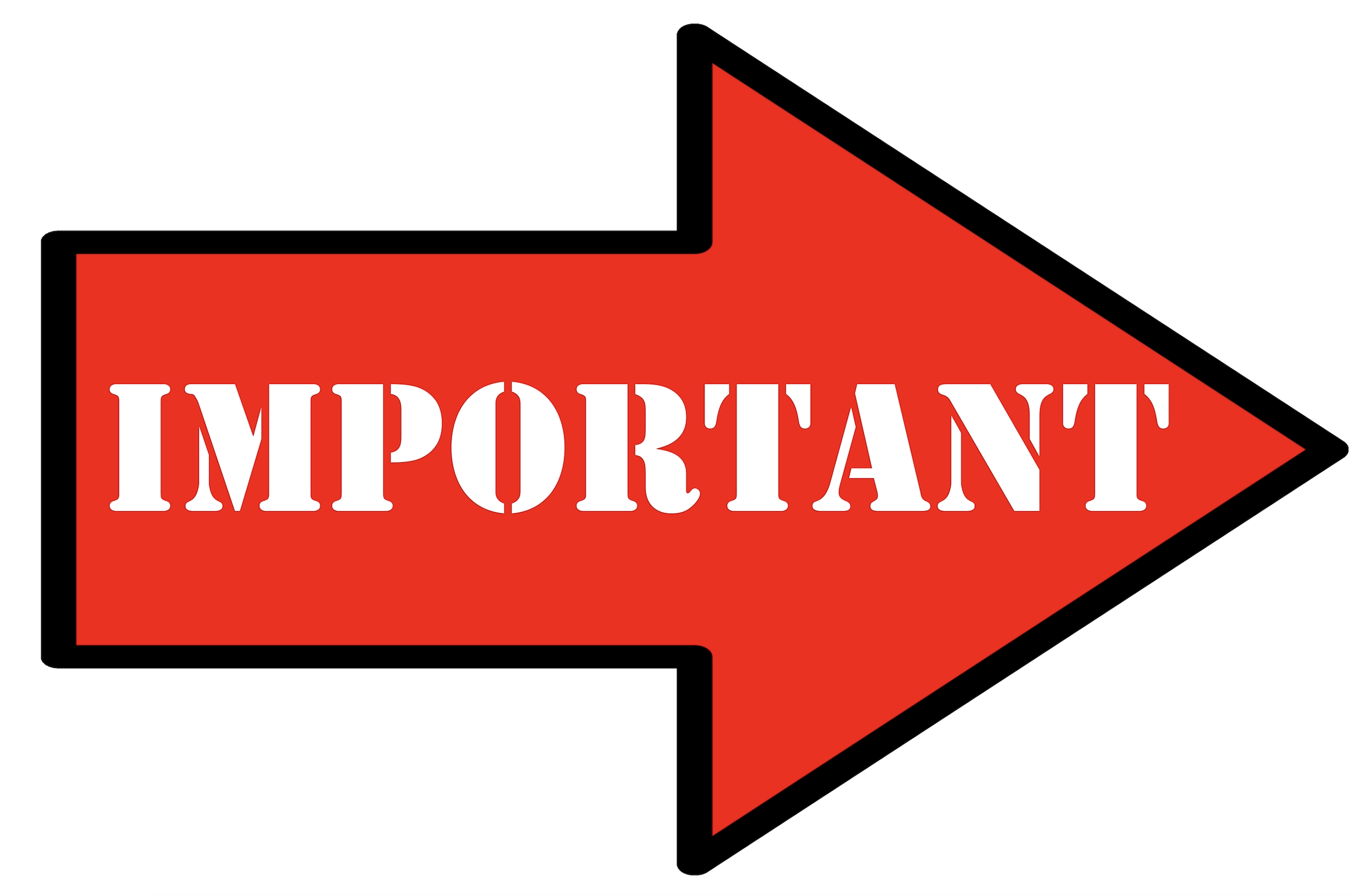
Each CUSP Music block is published in two formats
|![]()
PowerPoint
+![]()
Class teaching
|
Download the
![]()
version
|
Use in PRESENTATION mode with your class to access the fabulous sound buttons and resources.
Resourcing
|
Download the![]()
version
|
Use to print KNOWLEDGE NOTES and
also as a formatted version for your point of reference.
- 6 blocks of specialist planned Music teaching for Years 1-6. model, making connections where meaningful and purposeful.
- Blocked to jigsaw into the overall CUSP sequence.
- Focus on core areas of study: performing, composing, musical notation, study of seminal musicians and compositions, study of the history of music.
- Cross-cutting threads of evaluating, interpreting, connecting and developing preferences.
- References to key musicians, styles and compositions that have influenced music as we know it.
- Knowledge based with skill development.
- Using CUSP as a model, making connections where meaningful and purposeful.
- Focus on high-quality development of children as musicians.
- Music and video resources to support delivery.
- CPD videos to support staff with implementation and delivery.
- CUSP discount to Sing Up.
Lauren Meadows introduces CUSP Spelling
Strong Start
Make a strong start in September
|
Essential sentence composition lessons
Schools can benefit from our agility, expert analysis and resourcing. In response to our analysis and assessment information, we recognise that sentence composition is an area for specific and focused teaching at the start of this academic year. We know that great writing is built on great sentences and that a strong start with this lays good foundations for great writing outcomes. Time for this is built into the long-term sequence, for example at the beginning of Year 1.
We are delighted to now publish a suite of CUSP resources that will teach the foundations of sentence composition and manipulation for schools to use for a strong start in the Autumn term. There will be 15 days of resources for Year 1 and for Years 2-4 there are 10 days of lessons each.
Each block contains the following brilliant resources
- Starting points
- Aims of the unit
- How to use the unit
- Unit overview
- Knowledge notes
- Vocabulary instruction
- Lesson resources
- Diagnostic writing indicators

